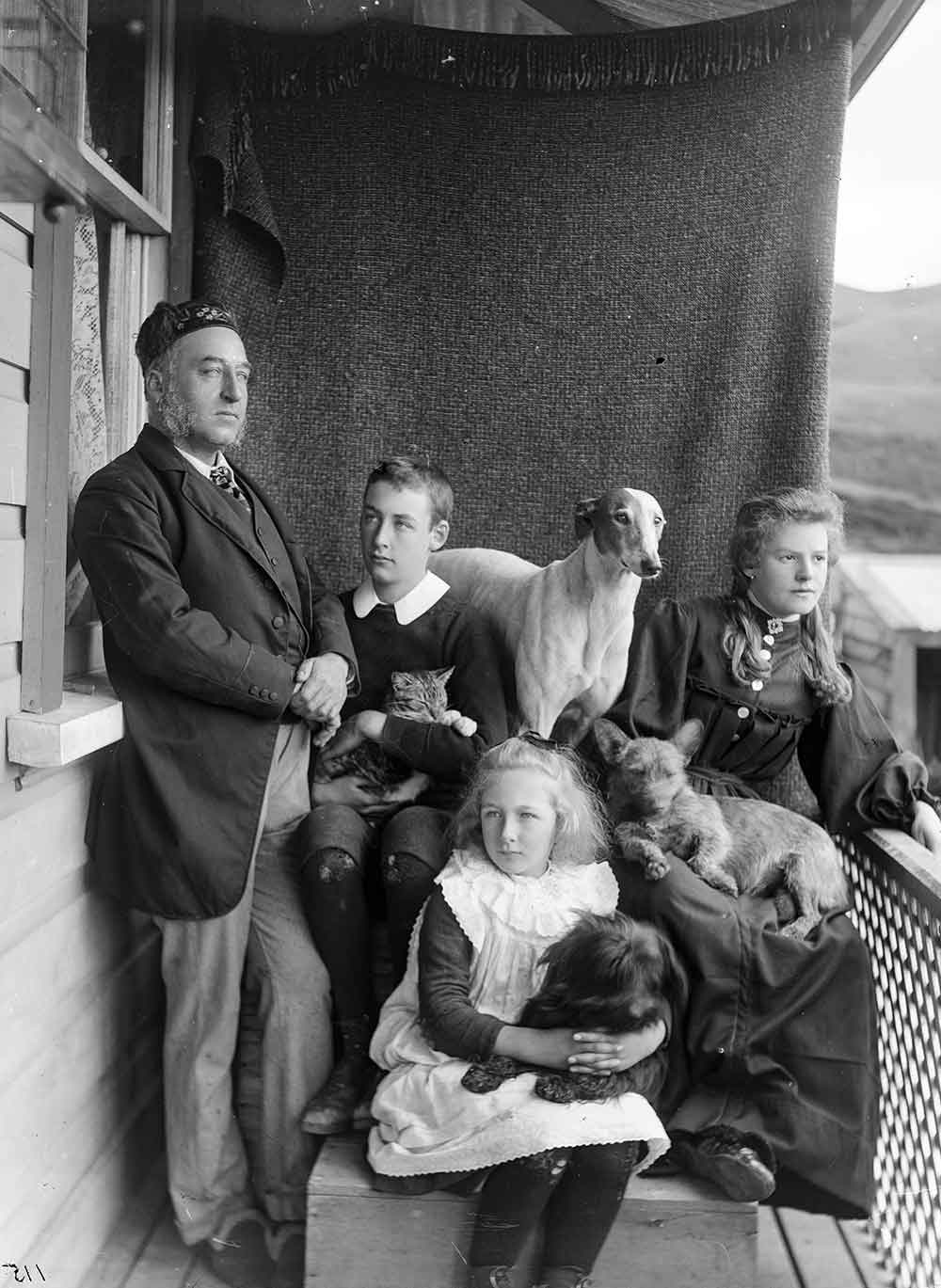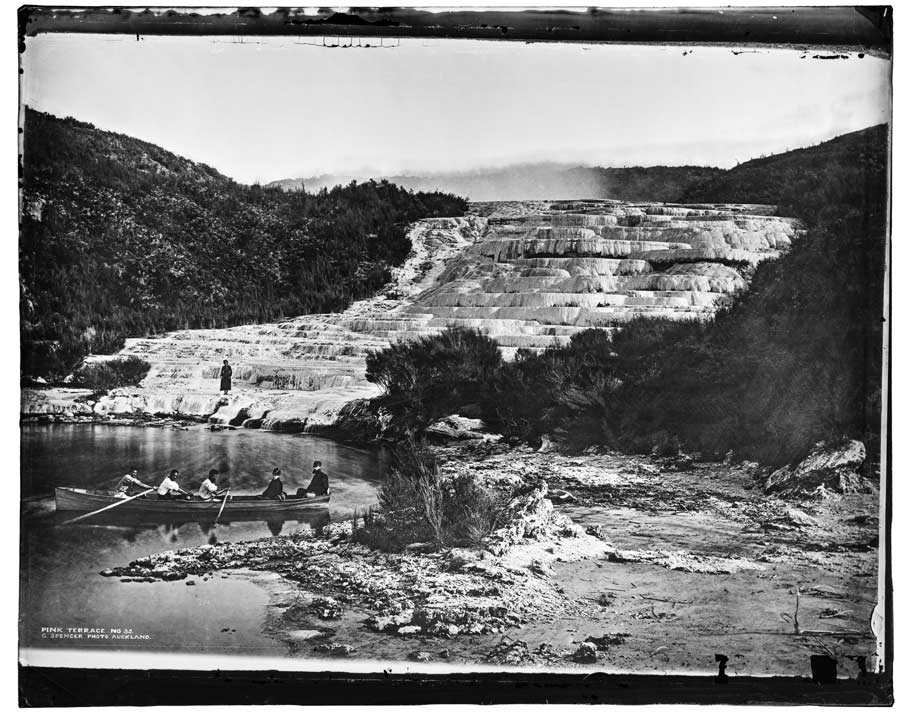
Culture Etc.

Photographer unknown, Henry Wright with his children (from left) Reginald Wright, Elizabeth Minnie Clark Wright and Amy Elizabeth Wright, and their pets.
Long exposure
A new book and touring exhibition assembles extraordinary photographs from New Zealand’s colonial history to inspire questions about the faces, places, triumphs and injustices which still influence this fractured nation.
By Theo McDonald
Wonder and meaning — an emotion and a process. These twin objectives guide A Different Light: First Photographs of Aotearoa, a book and touring exhibition from Auckland War Memorial Museum (AM) and the University of Otago (UO). What awe can a photograph inspire? What interpretations might it suggest?
In 2019, Jacinda Ardern and Chris Hipkins announced that New Zealand history, spanning the “full range of New Zealanders’ experiences”, would become part of the compulsory curriculum in all schools and kura. Chewing over this syllabus reset, AM and UO’s conjoint steering group recognised that both institutions hold major collections of early New Zealand photography.
“Photography seemed like a really good starting point,” says Catherine Hammond, the book’s coeditor, recently appointed director of collections and research at AM, “because the first photographs and the signing of the Treaty are almost aligned.”
The first practical, publicly available photographic process — the daguerreotype — was announced in Paris on 7 January 1839. Te Tiriti o Waitangi, it goes without saying, was first signed just over one year later.
The project brings together the photographic collections of three major research libraries: Tāmaki Paenga Hira Auckland War Memorial Museum, Alexander Turnbull Library and Hocken Collections Uare Taoka o Hākena. Co-editor Shaun Higgins,
AM pictorial curator, is quick to point out this isn’t a completely national project. “We are missing significant institutions all over the country … but these are three research libraries that have a similar collecting style: social history collected through documentary heritage.”

Left to right: Margaret Matilda White, Self Portrait, c.1897; Charles Spencer, Pink Terrace [Te Otukapuarangi], c. 1880s.



